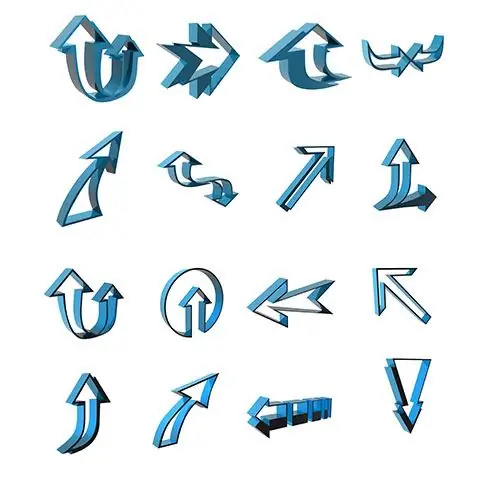- Author Lauren Nevill [email protected].
- Public 2023-12-16 18:48.
- Last modified 2025-01-23 15:15.
Special cursors give the site a memorable look and serve as a design element. However, it is not recommended to use them unnecessarily. If, nevertheless, you cannot do without them, at least try to make them sufficiently original and beautiful.

It is necessary
FTP client
Instructions
Step 1
Create cursors for your site. You can also use ready-made cursors available for download on the Internet, but this will not add originality to the web page you are editing. Please note that you need to use different cursors for different elements of it. To develop your own page elements, you can use various editors that are also available for download on the Internet, for example, Visual Studio from Microsoft. Pay attention to special programs designed to design cursors.
Step 2
Upload the files of the cursors you created or downloaded to the site via FTP using a special client program. Cursor files are copied to the server, after which you need to upload them to a special folder that will be accessible from the web. Configure the access rights to the cursors to make them readable as you see fit and as appropriate for the situation.
Step 3
Save the file containing the stylesheet to your local drive. Specify a style sheet file that is connected to all elements of the site you are editing that will later be used by cursors. You must also upload this file using a special FTP client.
Step 4
Correct the stylesheet file to add the URL of the file containing the cursors that were previously uploaded to the site. Also, using an FTP client, upload the edited file to the server, overwrite the existing one, and then disconnect from the server. Test the cursor on the site by opening one of its web pages in your browser.
Step 5
Please note that you shouldn't experience any kind of motion lag when using them, otherwise set up the default basic elements for your site. It is recommended to check several browsers at once.






